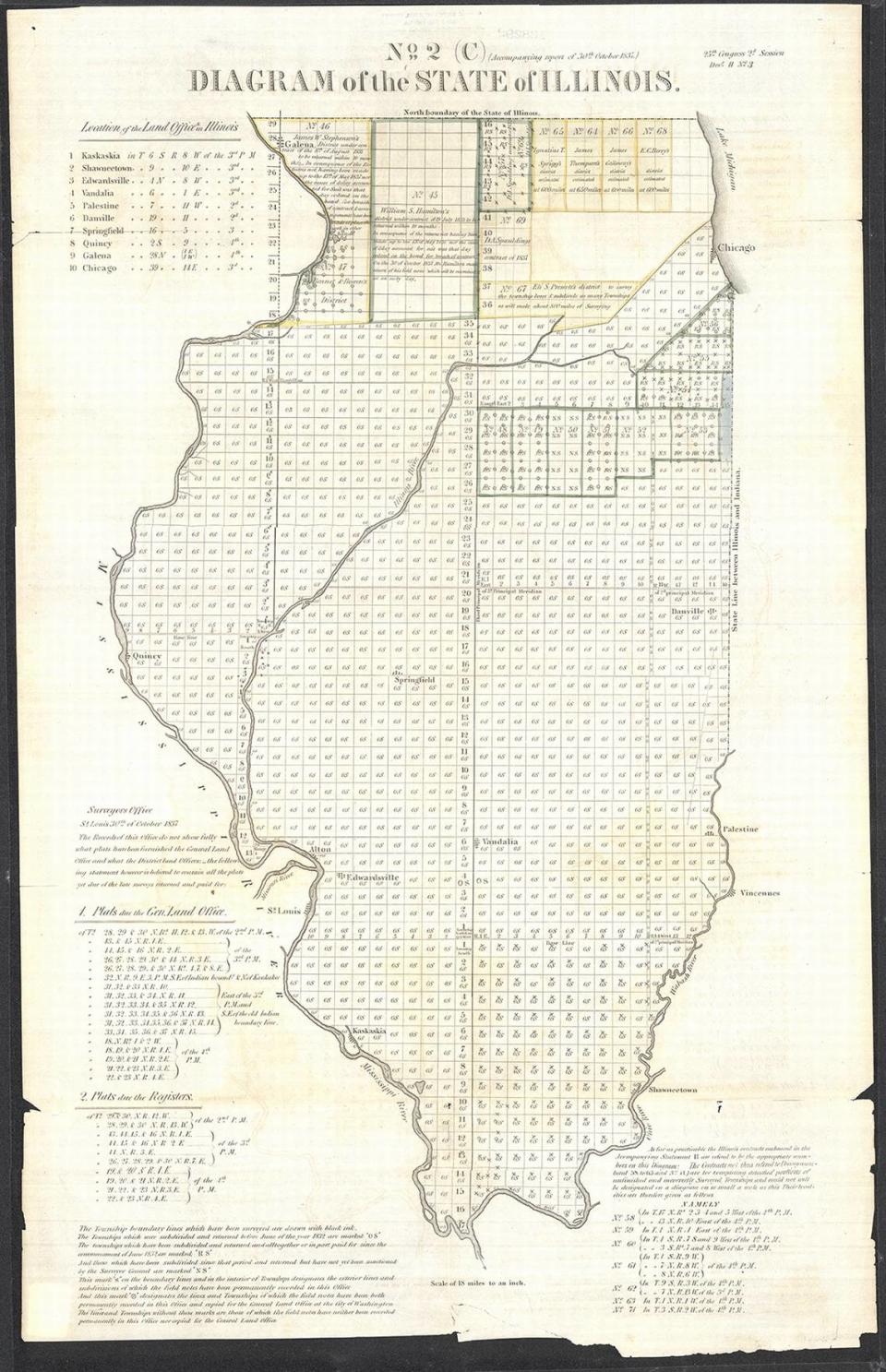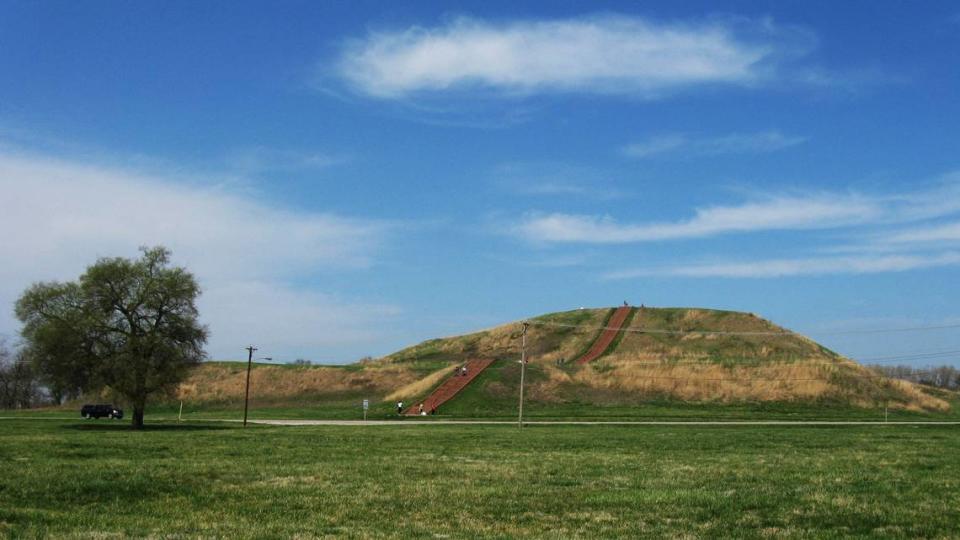Lincoln museum exhibit of historical Illinois figures includes metro-east natives
- Oops!Something went wrong.Please try again later.
This article was first published by St. Louis Public Radio, a BND content partner.
A new exhibit opening Thursday at the Lincoln museum in Springfield will examine significant historical figures and landmarks of the metro-east and beyond.
Dubbed “Here I Have Lived: Home in Illinois,” the exhibit at the Abraham Lincoln Presidential Library and Museum will feature Illinoisans who’ve helped shape what the state has become.
For the metro-east, that includes famed performer Tina Turner, surveyor Don Alonzo Spaulding and the people who built Cahokia Mounds.
Brian Mitchell, director of research and interpretation at the museum, said the exhibit shows how vast Illinoisans’ perspective of home can be.
“There are immigrant experiences of home,” Mitchell said. “There are uncomfortable experiences of home with people who are being forced out of communities. There are indigenous experiences of home that we try to cover in this exhibit.”
Tina Turner
Like many famous performers, East St. Louis helped kickstart the career of Tina Turner.
The blue collar work of the metro-east communities by the Mississippi River created great demand for nightlife. Star trumpeter Miles Davis also got his start in East St. Louis.
Born Anna Mae Bullock, the singer, dancer and actress later married Ike Turner, who also lived just across the river from St. Louis. Mitchell describes Tina Turner as a “rock and R&B legend.”
Don Alonzo Spaulding
Although he grew up in Vermont, Don Alonzo Spaulding’s work as a surveyor helped create the modern grid system from Ohio to Illinois, Mitchell said. Spaulding spent time north of where the Missouri and Mississippi Rivers converged, where he drew the modern-day maps of Alton.
“He is one of our nation’s greatest government surveyors,” Mitchell said.
But that legacy remains mixed. The grids that Spaulding laid did not take into consideration the Native Americans living near Alton, for example.
“The indigenous habitants were merely, to them, nuisances that would have had to been moved at some later point to open up westward expansion to white inhabitants,” Mitchell said.
Spaulding is also known for detesting slavery and helping Black people escape slavery via the Underground Railroad at his church in Godfrey.

The people of Cahokia Mounds
Cahokia Mounds, one of the largest Native American settlements in the U.S., is also featured at the museum’s newest exhibit. At its height, 40,000 people lived at the famed dwellings.
The site is home to a number of large archaeological discoveries. For Mitchell, one of the most intriguing is Mound 72, where scientists discovered remains of mass graves.
For Christina Shutt, who serves as the museum’s executive director, the stories of Spaulding and Cahokia Mounds offer an interesting juxtaposition: the indigenous people had completely different perceptions of geographic boundaries.
“This was very different from the way that someone like Don Alonzo Spaulding did, where he was creating very specific sorts of plots and squares of land,” she said.
“It’s important for everyone to learn more about these stories because, ultimately, it’s about our shared American story,” Shutt said.
The exhibit, which Mitchell describes as having “a little bit of everything that’s Illinois,” runs through January 2024.


